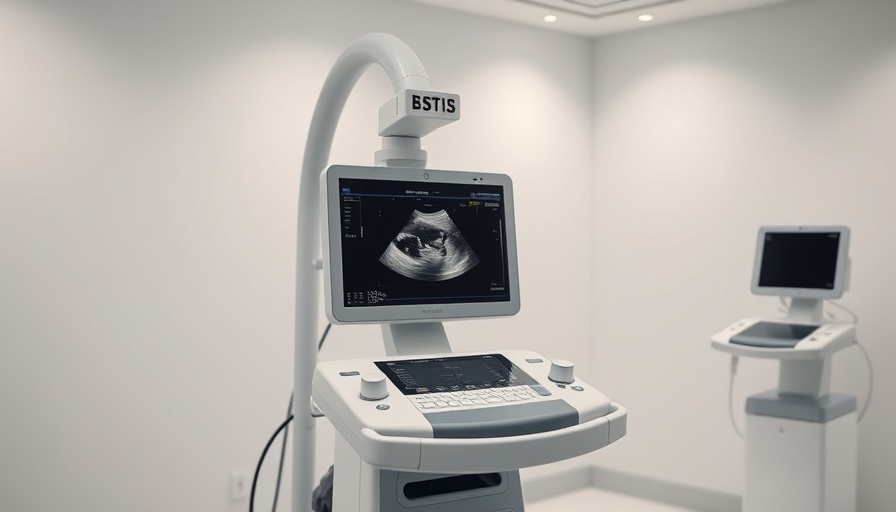
Understanding the Urgency of POCUS in Medical Settings
Point-of-care ultrasound (POCUS) technology holds immense potential in identifying life-threatening conditions quickly, yet many trained physicians are failing to integrate it into their daily practices. A recent study published in Advances in Health Sciences Education by researchers from the University of Cambridge highlights alarming systematic barriers, hence why practitioners are reluctant to fully embrace this critical medical tool.
Identifying the Vicious Cycles of Underutilization
The study identified six "vicious cycles" hindering the effective use of POCUS within clinical environments. Key issues include inadequate ongoing support from seasoned practitioners and workplace cultures that discourage junior doctors from utilizing their ultrasound training. These barriers create an environment where, despite investments in training and equipment, the integration of POCUS remains elusive. Professor Riika Hofmann, the lead author, emphasized that while significant resources are committed to POCUS training, a supportive culture is essential for it to translate into everyday use.
Sparking Conversations About Cultural Barriers
Notably, cultural dynamics play a pivotal role in how medical technologies are adopted. A workplace that discourages open communication and leaves inexperienced clinicians feeling insecure can stifle the integration of vital practices like POCUS. The calls for a shift in hospital culture are becoming increasingly prominent, with experts urging that improving these cultural frameworks could save lives.
The Impact on Patient Care
Underutilization of POCUS is not just a theoretical concern; it has real impacts on patient care. Reports from the Prevention of Future Deaths have shown that neglecting to employ cardiac ultrasound can result in missing critical intervention opportunities for patients in shock. Timeliness in medical intervention is crucial, and the lack of POCUS usage directly correlates with adverse patient outcomes.
Broader Implications for Medical Training
As the research indicates, the reality of needing to address the educational landscape surrounding POCUS is urgent. Doctors typically receive minimal training in utilizing ultrasound effectively during their education, suggesting a gap needing attention in medical curricula. Dr. Nicola Jones from Royal Papworth Hospital underscores this sentiment, noting that failure to embrace POCUS means continuing a cycle of missed opportunities that can be devastating for critically ill patients.
Emphasizing the Importance of POCUS Training
In light of the repercussions highlighted in the study, there is a growing consensus within the medical community that training programs must not only focus on the technical aspects of POCUS but also on building a supportive environment that encourages its consistent use. Together, training and workplace culture form the backbone of successful technology implementation.
Looking Ahead: Solutions for Integration
Identifying the barriers to effective POCUS use is only the first step. Moving forward, hospitals and medical institutions are urged to focus on developing mentorship programs, fostering collaboration between inexperienced and seasoned clinicians, and emphasizing the importance of POCUS in patient care during training programs.
If the integration of POCUS continues to be neglected, the implications could be dire. Lives hang in the balance, and a collective movement within healthcare is essential to reinstate the device as a standard practice in critical care scenarios.
The need for transformation in how POCUS is utilized cannot be overstated. By addressing cultural impediments and reaffirming the necessity of training in ultrasound technology, healthcare can begin to fulfill the promise of POCUS, ultimately saving lives.
 Add Row
Add Row  Add
Add 




Write A Comment